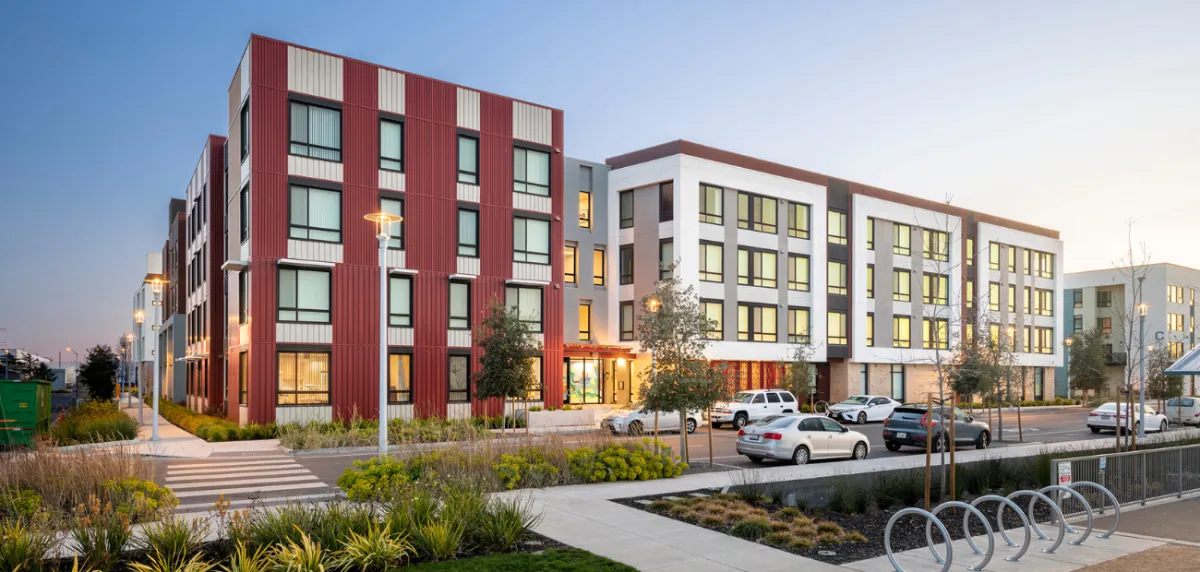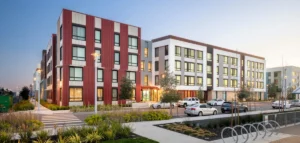By: Ari Rastegar, Forbes Councils Member
For many real estate investors, some asset classes feel completely off the table right now. With the pandemic leaving the retail and hospitality industries in seemingly unending uncertainty, real estate investors are left unable to figure out how to accurately value a hotel or storefront. As a result, there’s been a lot of dry powder capital building up, which has to go somewhere, and asset classes like multifamily are reaping the benefits of eager investors looking to spend.
With more lockdowns and the tightening of travel restrictions cropping up across the country, the timeline to recovery for properties in the hospitality and retail industries is looking more uncertain than ever. Many were hopeful for a recovery over the summer as cases declined and open dining and light travel became more available, but with cases spiking, consumers are fearful again, leading to increased investor reluctance in these markets.
Stagnated wages, mass unemployment and an exodus from cities are causing increasingly more Americans to join the rental market. Many across the country were struggling to make ends meet even before the pandemic, and most people working full time earning minimum wage can’t afford a one-bedroom apartment anywhere in the U.S. With the need for stable housing and more people pouring into smaller metros, the rental market is one of the few that’s set to boom in 2021. Even those who have kept their jobs and income will be looking to tighten their belts, with rent being a top expense they’ll be looking to cut down.
For real estate investors, this makes affordable multifamily properties highly attractive due to the vast demand in cities outside of New York, Los Angeles and San Francisco. Larger apartment complexes shouldn’t fare too poorly, but with so many moving out of cities, they will likely be less appealing to renters looking to escape the dense urban core for more space and access to outdoor areas. Many larger skyrises may find themselves with high levels of vacancies, similar to what’s occurred in New York City. Real estate investors in large cities may continue to see diminishing returns due to rent prices crashing in the wake of the exodus of workers and students who propped up the market, though not all hope is lost because the low price tag will still entice some to urban areas regardless.
The benefits don’t end necessarily when the pandemic does either. While the other asset classes should recover eventually, multifamily should build on its success from the pandemic. Following the 2008 market crash, many young people had little choice but to live with their parents, and it’s likely we’ll see that same trend mirrored in the recovery from the pandemic, slowing down the single-family housing market. The lasting effects of the pandemic will be far-reaching, particularly among millennials, likely meaning a longer stay on the rental market than previous generations. Many will be reluctant or completely unable to make large purchases, such as a house, meaning a sustained demand for rental units for years to come.
Despite the hype, real estate investors will need to keep a close eye on the market as demand should increase for affordable apartments. With so many investors eager to jump into multifamily the cost of properties may become inflated, and the pipeline of viable properties may dry up. With multifamily being a prospering real estate asset class, it’s no surprise that real estate investors are lining up to jump in, but being vigilant and patient in looking for the right opportunity at the right price will serve those investors better in the long run. With capital from investors rolling in and demand increasing from investors, affordable multifamily is an asset class real estate investors can’t afford to miss out on.












